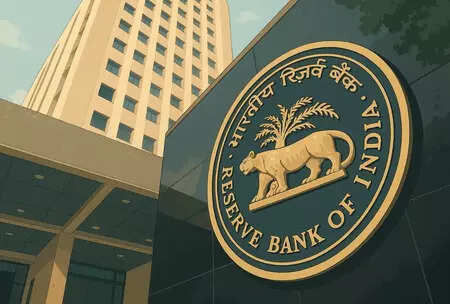The GST Council is set to meet on September 3rd to discuss proposed GST rate rationalization. A Group of Ministers has endorsed a simplified structure with 5% and 18% slabs, potentially eliminating the 12% and 28% brackets.
GST Rate Restructuring: Is a Simpler Tax System on the Horizon?
The Goods and Services Tax (GST), India’s ambitious indirect tax reform, might be in for a significant makeover. Whispers in the financial corridors suggest a potential restructuring of GST rates, and it’s more than just idle chatter. The GST Council is gearing up for a crucial two-day session starting September 3rd, where a major topic on the agenda is simplifying the existing rate structure. Could this be the dawn of a more streamlined and user-friendly GST regime?
Currently, the GST landscape is a multi-tiered system, with rates ranging from 0% to 28%. This complexity has often been criticized for creating confusion, compliance burdens, and even opportunities for tax evasion. The sheer number of slabs makes it difficult for businesses to accurately classify their goods and services, leading to disputes and litigation. A simpler system could be a game-changer, fostering better compliance and boosting economic activity.
The Allure of a Two-Slab GST System
The buzz centers around the possibility of consolidating the existing rate structure into a two-slab system. Imagine a GST world where most goods and services fall under just two broad tax categories! This would dramatically reduce the complexity of the current setup, making it easier for businesses to understand and comply with the rules.

The move towards fewer slabs has been discussed for a while, as part of a larger effort to improve the efficiency and effectiveness of the GST. Simplifying the system could boost the economy by making doing business in India easier and less costly. A two-slab structure could be a crucial element in the new GST regime.
But what might these two slabs look like? While details are still under wraps, the expectation is that one slab would be a standard rate, applicable to most goods and services. The other could be a lower rate for essential items, aiming to minimize the impact on low-income households. The precise rates are the subject of much debate and analysis.
Implications for Businesses and Consumers
A GST rate restructuring will inevitably have far-reaching consequences for both businesses and consumers. For businesses, a simplified system would mean reduced compliance costs, fewer classification disputes, and greater certainty in their tax obligations. This could lead to increased investment and job creation, as businesses feel more confident in navigating the tax landscape. Think of the time and resources that could be freed up to focus on innovation and growth, rather than dealing with GST complexities.
For consumers, the impact could be a mixed bag. A lower standard rate could lead to lower prices for some goods and services. However, the specific impact would depend on how the new rates are applied to different products and services. It’s also possible that some goods currently taxed at lower rates might move to a higher standard rate.
The Challenges Ahead for GST
While the prospect of a simpler GST system is enticing, the path to implementation is not without its challenges. One of the key hurdles is revenue neutrality. Any restructuring of GST rates needs to ensure that the government’s revenue stream is not significantly impacted. This requires careful calibration of the new rates, taking into account the consumption patterns and revenue implications of different goods and services. Another challenge lies in building consensus among the states, who have a significant stake in the GST revenue.
The GST Council, comprising representatives from both the central government and the states, will have the difficult task of hammering out a compromise that addresses the concerns of all stakeholders. Given the diverse economic interests and political considerations at play, reaching a consensus will require skillful negotiation and a shared commitment to improving the GST system. To better understand the current landscape, one might want to review the [latest circulars and notifications](internal-link-to-gst-circulars).
A Brighter, Simpler GST Future?
The upcoming GST Council meeting holds the potential to usher in a new era of simplicity and efficiency in India’s indirect tax system. While the details of the potential GST rate cuts and structural changes are still to be decided, the move towards a two-slab system is a welcome sign. If successful, this could not only reduce compliance costs for businesses but also promote greater transparency and accountability in the tax system. Ultimately, a simplified GST regime can unlock India’s economic potential and pave the way for sustainable growth. It’s a development worth watching closely, as the impact will be felt across the entire Indian economy.







